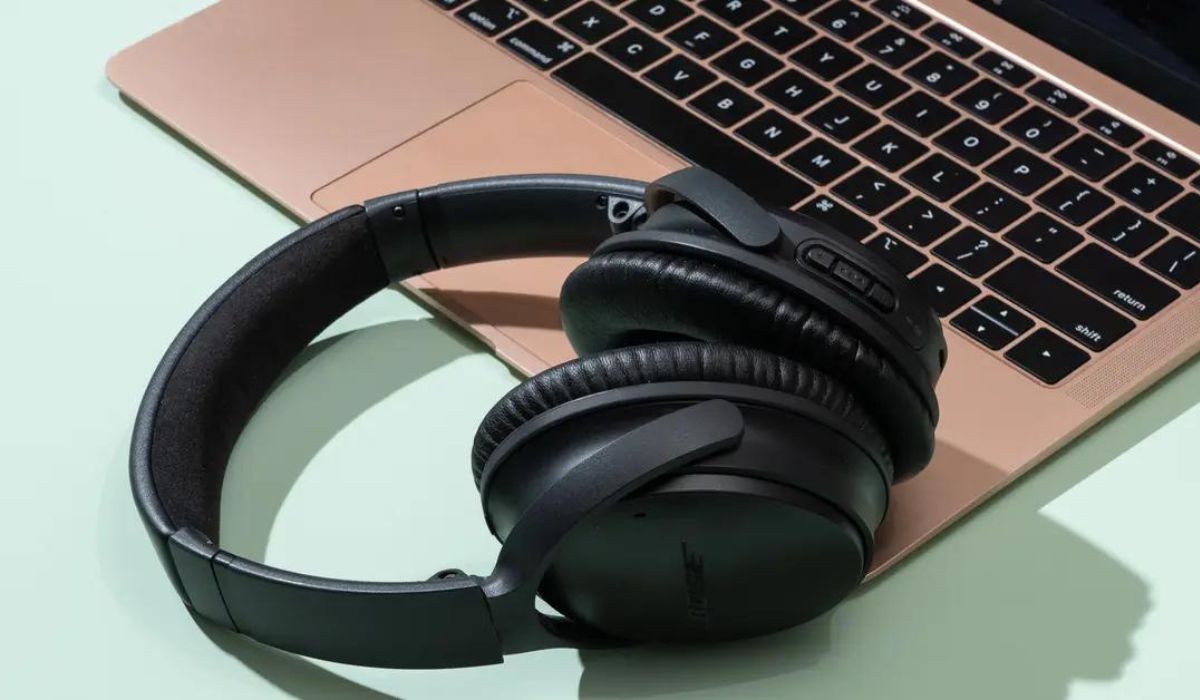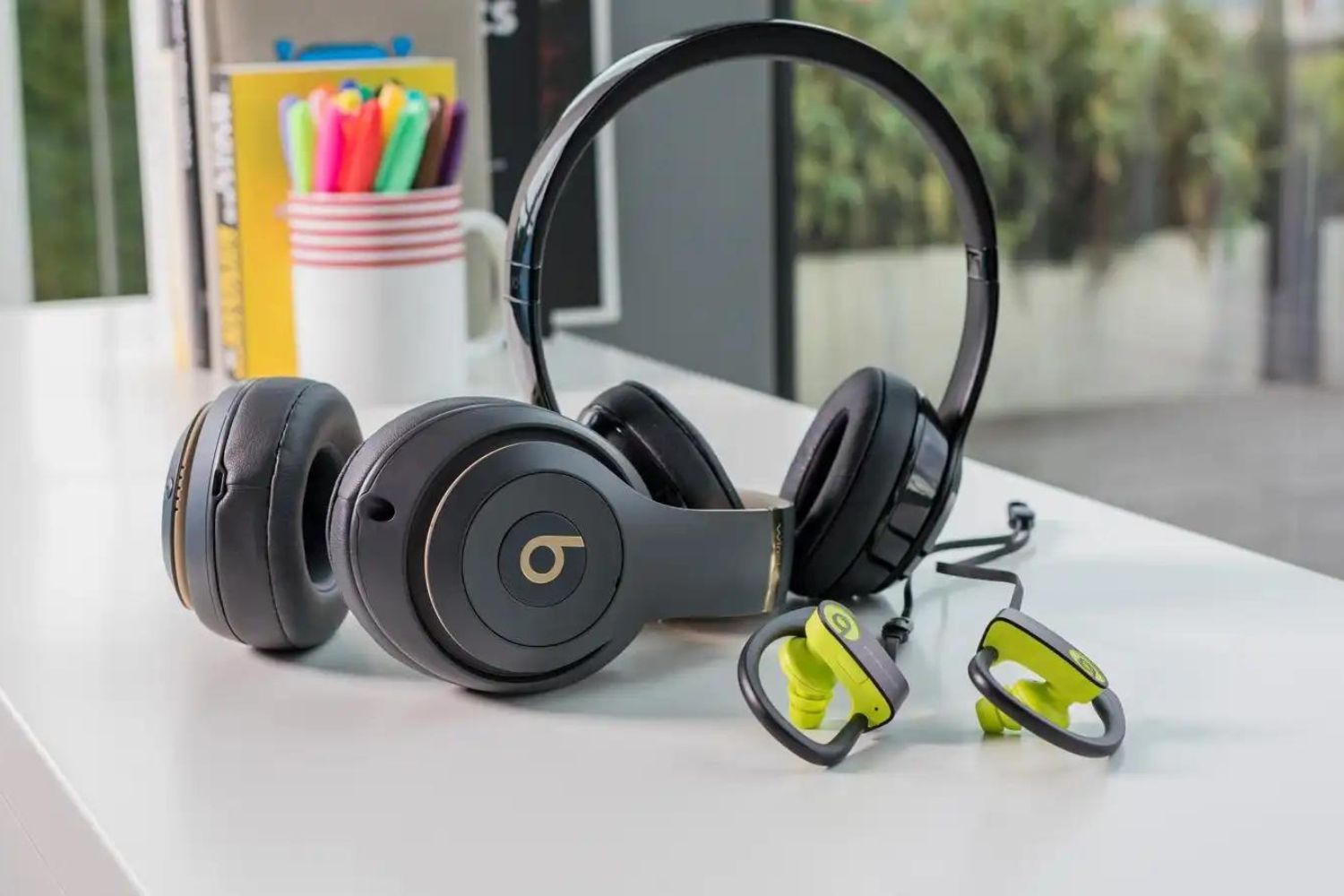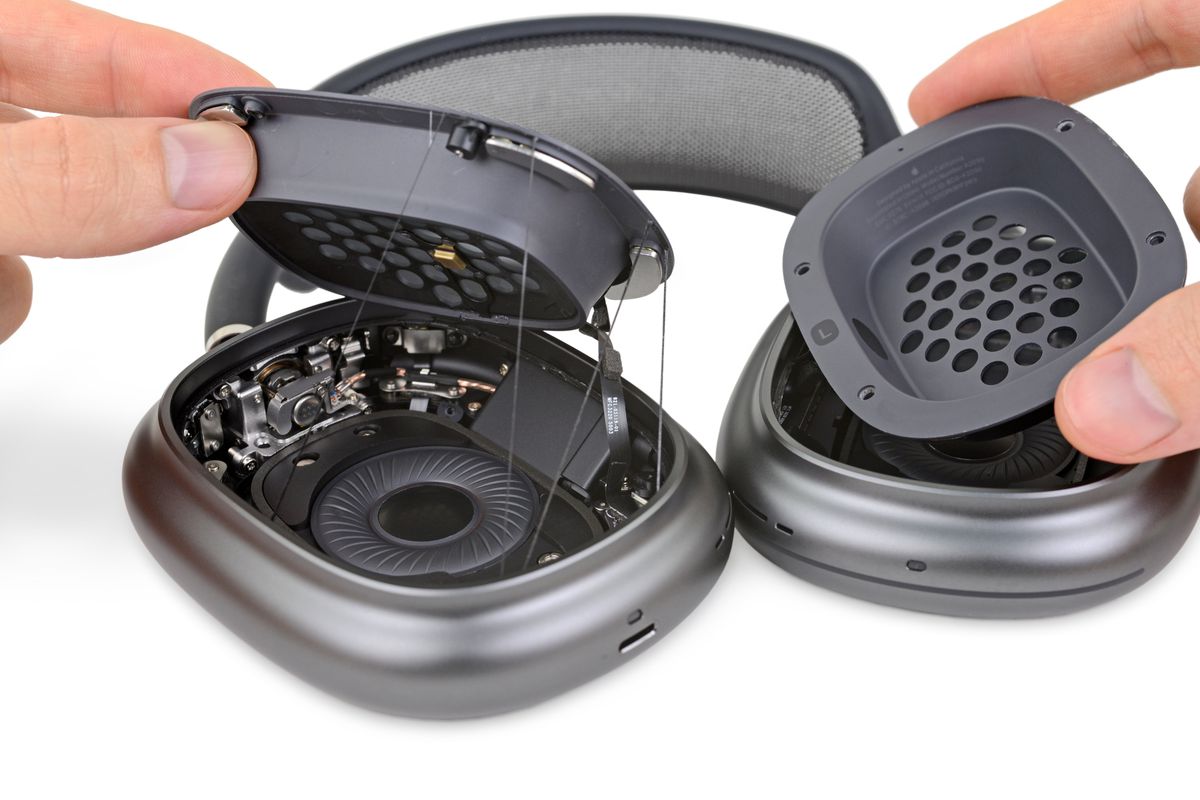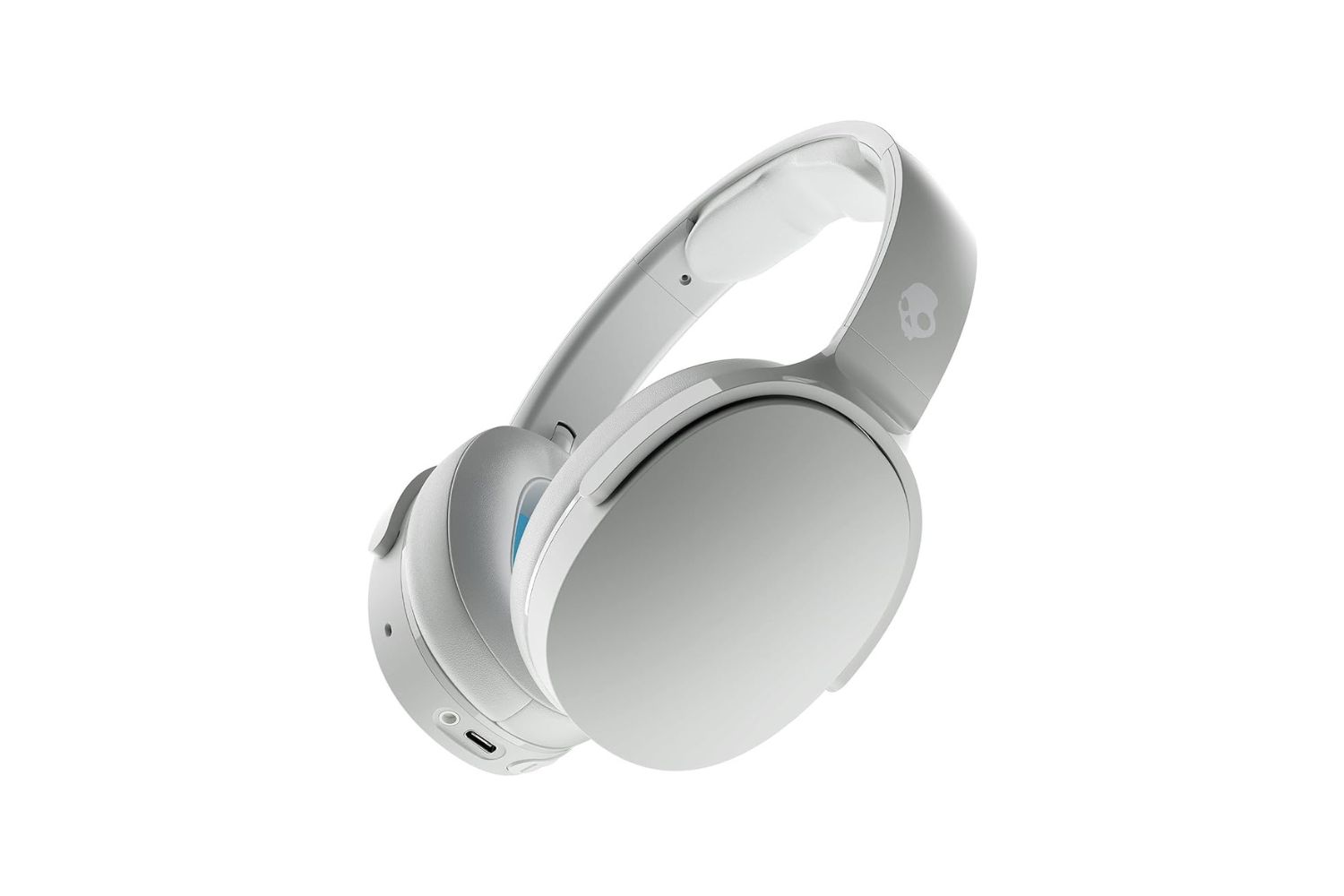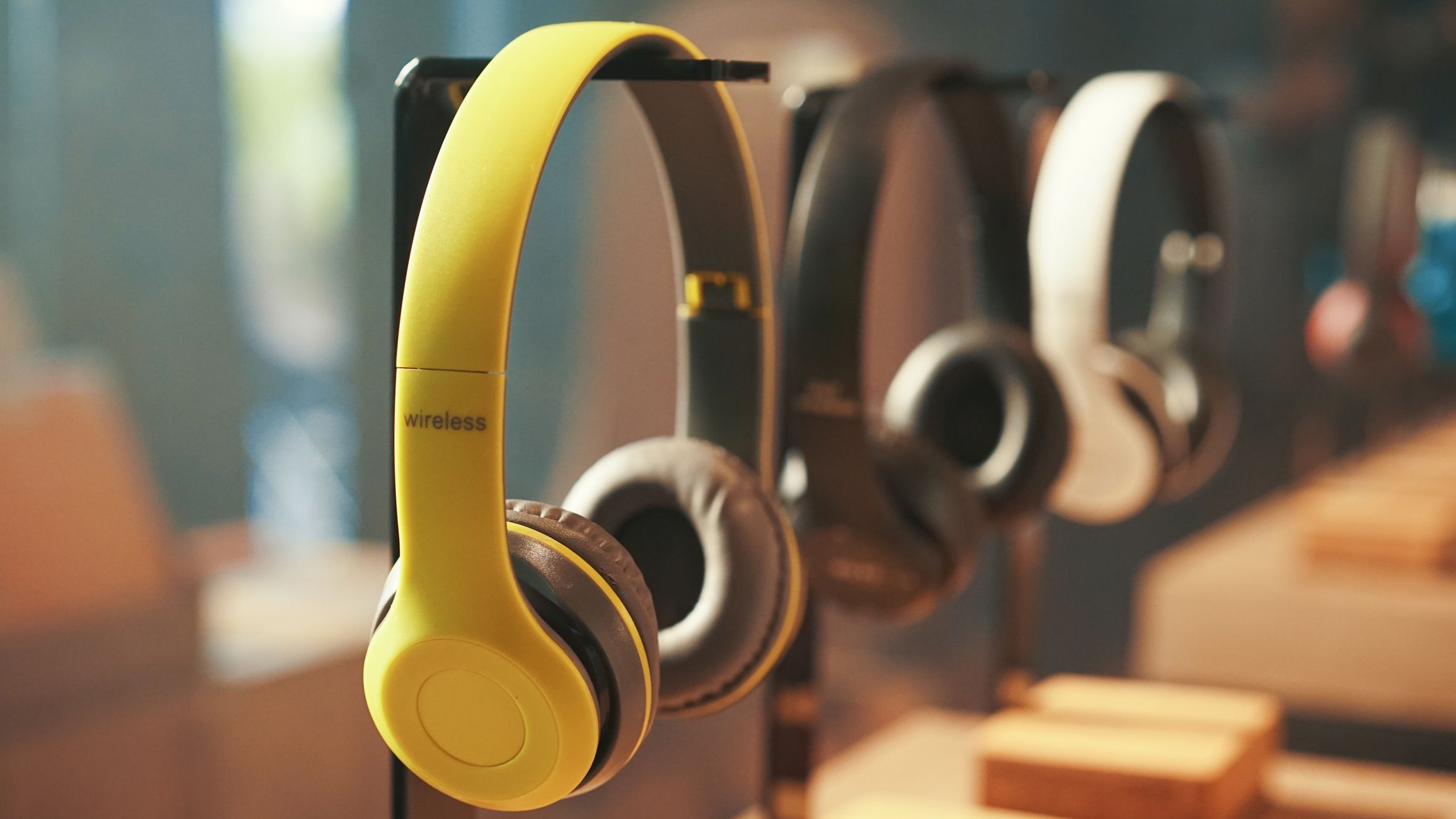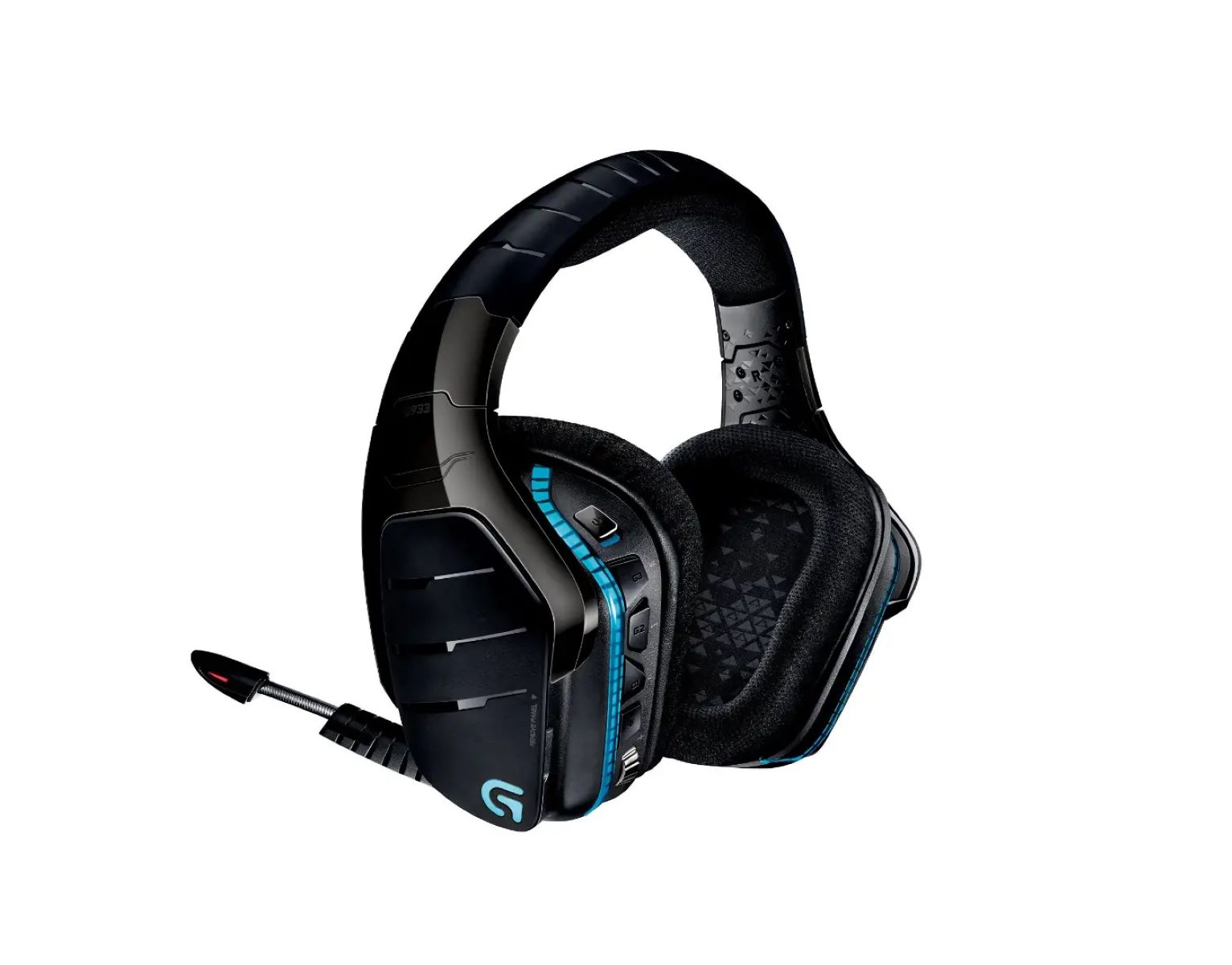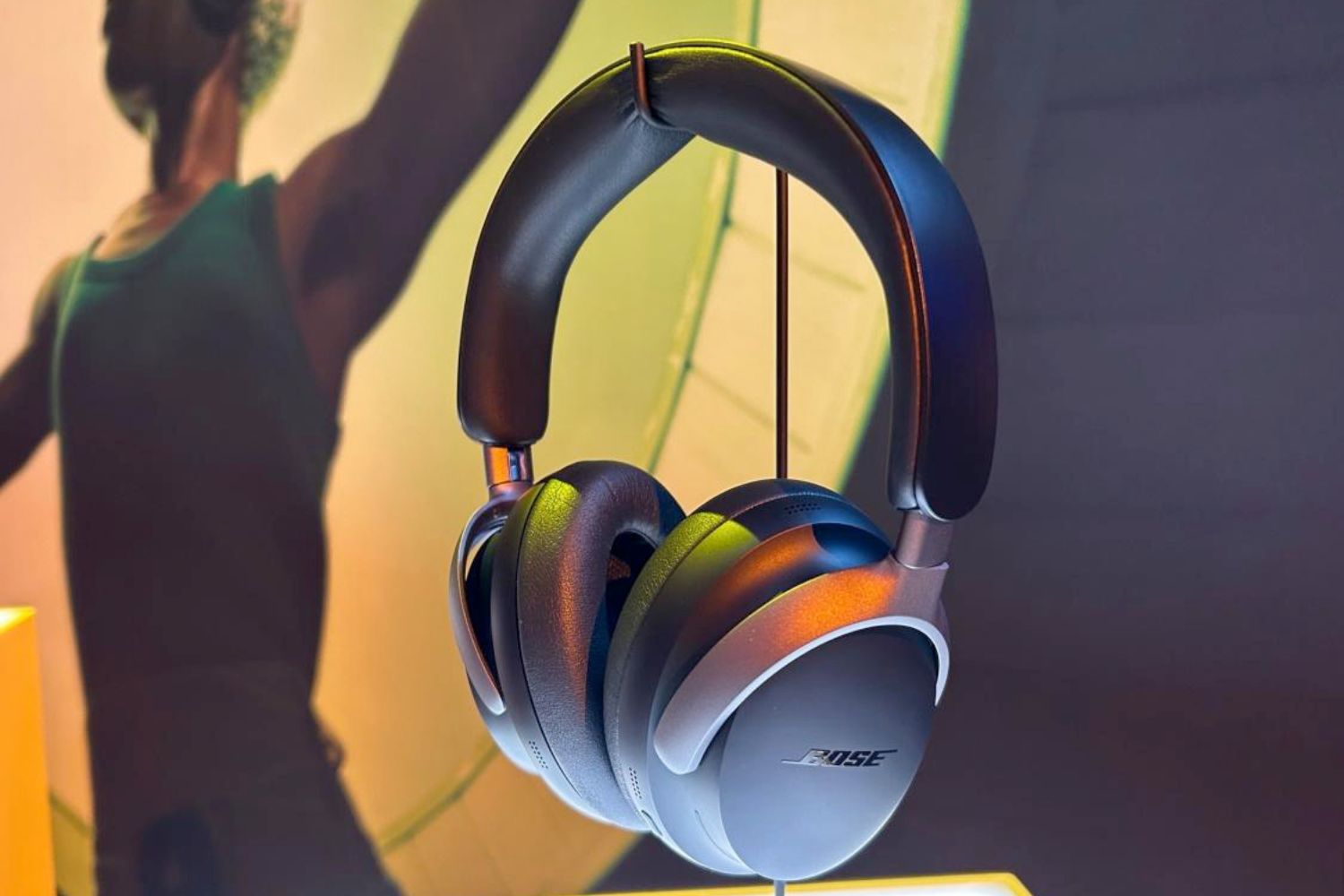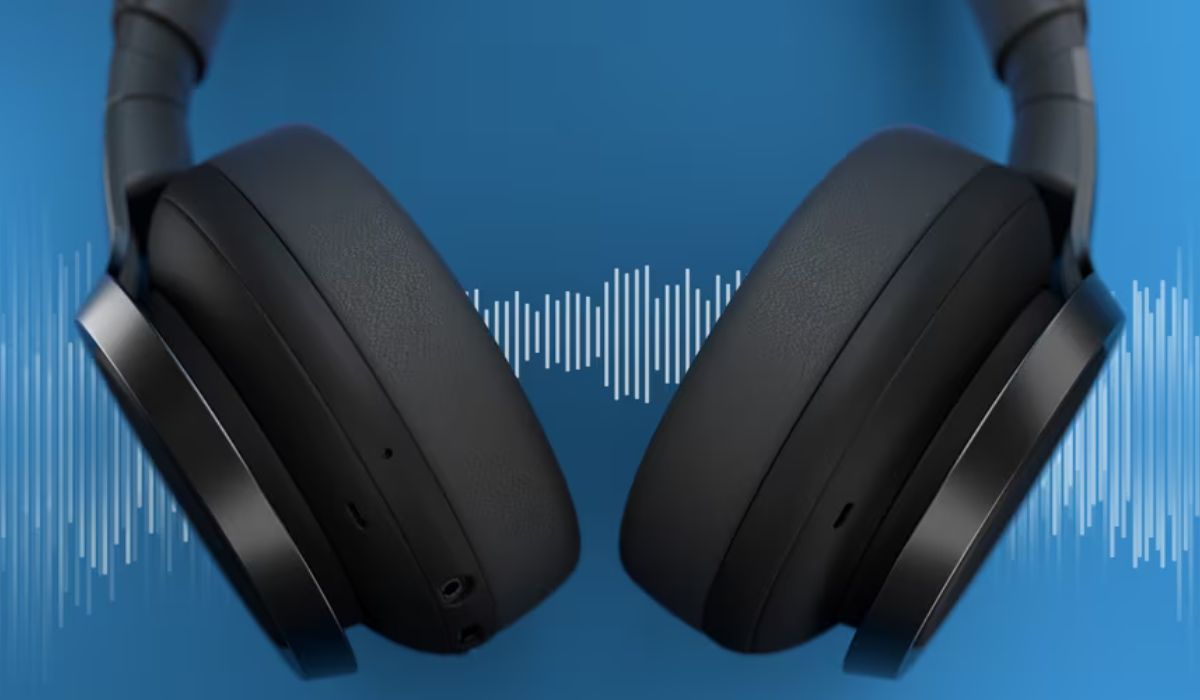Introduction
Introduction
Over-ear headphones are a popular choice for music enthusiasts and audio professionals due to their immersive sound and comfortable design. However, like any electronic device, they are susceptible to wear and tear over time. If you find that your over-ear headphones are not functioning optimally, there are several troubleshooting steps you can take to identify and resolve the issue. By following these steps, you may be able to fix the problem without the need for professional repairs, saving both time and money.
Whether you're experiencing audio distortion, connectivity issues, or discomfort during extended use, this guide will walk you through the process of diagnosing and addressing common problems with over-ear headphones. From inspecting the cable and connectors to testing the audio output, each step is designed to help you pinpoint the root cause of the issue and implement a solution.
By taking a proactive approach to maintaining and repairing your over-ear headphones, you can extend their lifespan and ensure a consistently high-quality listening experience. So, roll up your sleeves, grab your troubleshooting tools, and let's delve into the steps to fix your over-ear headphones.
Step 1: Identify the Problem
Before diving into the troubleshooting process, it’s essential to pinpoint the specific issue affecting your over-ear headphones. Common problems may include distorted audio, one-sided audio output, crackling sounds, or complete audio loss. Additionally, physical wear and tear such as frayed cables or damaged ear pads can also impact the functionality of the headphones.
Start by conducting a thorough assessment of the symptoms. Listen carefully to the audio output and note any irregularities. If the issue is related to connectivity, check whether the headphones are properly paired with the audio source and ensure that there are no obstructions or interference causing signal disruption.
Furthermore, consider the environmental factors that may contribute to the problem. For instance, exposure to moisture or extreme temperatures can affect the headphone’s performance. By identifying the specific symptoms and potential contributing factors, you can narrow down the root cause of the issue, laying the groundwork for effective troubleshooting.
If the problem is related to physical damage, visually inspect the headphones for any visible signs of wear, such as frayed or exposed wires, loose connectors, or deteriorating ear pads. By taking a methodical approach to identifying the problem, you can proceed to the next steps with a clear understanding of the issues at hand, facilitating a more targeted and successful resolution.
Step 2: Check the Cable and Connectors
One of the most common sources of issues in over-ear headphones is related to the cable and connectors. Begin by examining the entire length of the cable, paying close attention to any visible damage such as cuts, kinks, or exposed wiring. If you notice any signs of wear, it’s crucial to address them promptly to prevent further deterioration.
Next, inspect the connectors at both ends of the cable. Ensure that they are securely attached to the headphone and audio source jacks, as loose connections can lead to intermittent audio or complete signal loss. If the connectors appear loose or damaged, consider replacing the cable with a compatible one to restore optimal functionality.
Additionally, if your headphones feature a detachable cable design, try swapping it with a known-working cable to rule out the possibility of a faulty connection. This simple test can help isolate the source of the problem and guide you toward an appropriate solution.
When handling the cable and connectors, exercise caution to avoid placing strain on the delicate wiring. Properly coiling and storing the cable when not in use can prevent unnecessary wear and prolong its lifespan. By maintaining the integrity of the cable and connectors, you can mitigate potential issues and ensure a reliable audio connection for your over-ear headphones.
Step 3: Examine the Ear Pads
The ear pads of over-ear headphones play a pivotal role in ensuring comfort during extended listening sessions and maintaining optimal sound quality. Over time, the ear pads may wear out or become damaged, impacting both the comfort and acoustics of the headphones. Begin by carefully inspecting the condition of the ear pads, paying attention to signs of wear, tear, or deterioration.
If the ear pads are made of leather or faux leather, check for any peeling, cracking, or flaking. These issues not only compromise the aesthetics of the headphones but can also lead to discomfort during use. In the case of fabric or foam ear pads, look for flattening or deformation, as this can affect the seal around the ears and diminish sound isolation.
Furthermore, ensure that the ear pads are securely attached to the headphone’s ear cups. Loose or misaligned ear pads can lead to sound leakage and a reduction in bass response. If the ear pads show signs of damage or wear, consider replacing them with compatible replacements to restore the headphones’ comfort and acoustic performance.
Regular maintenance of the ear pads, such as gentle cleaning and conditioning for leather pads, can prolong their lifespan and preserve their supple texture. By addressing any issues with the ear pads promptly, you can enhance the overall comfort and audio experience provided by your over-ear headphones, ensuring that they remain a pleasure to wear and listen to for years to come.
Step 4: Inspect the Headband
The headband of over-ear headphones not only provides structural support but also contributes to the overall comfort and fit. A thorough inspection of the headband is essential to identify any potential issues that may affect the headphones’ functionality and wearability. Begin by examining the headband for signs of wear, such as fraying or peeling of the padding, and ensure that it maintains a secure and adjustable fit.
If the headband is adjustable, check the mechanism for smooth operation and stability. Over time, the adjustment sliders or mechanisms may become loose or stiff, hindering the headphones’ ability to conform to the user’s head comfortably. Lubricating or tightening the adjustment components can restore their functionality and ensure a personalized and secure fit for the wearer.
Additionally, inspect the padding on the underside of the headband for any flattening, deterioration, or loss of cushioning. A worn or compressed headband padding can lead to discomfort during prolonged use and may compromise the headphones’ ability to provide effective noise isolation.
For headphones with a non-detachable headband design, it’s crucial to address any issues with the padding promptly. Replacement padding or cushioning kits designed for specific headphone models can rejuvenate the headband, offering enhanced comfort and support for extended listening sessions.
By maintaining the integrity of the headband and addressing any wear-related concerns, you can ensure that your over-ear headphones continue to provide a comfortable and secure fit, allowing you to immerse yourself in your favorite music or audio content without distractions or discomfort.
Step 5: Test the Audio
After addressing potential physical and structural issues with your over-ear headphones, it’s essential to conduct a comprehensive audio test to ensure that the sound quality and performance meet your expectations. Start by playing a variety of audio tracks that encompass different genres and audio characteristics, allowing you to assess the headphones’ ability to reproduce a diverse range of sounds accurately.
Listen carefully for any distortion, imbalance in the stereo image, or irregularities in the frequency response. Pay attention to the clarity of vocals, the depth of bass frequencies, and the overall tonal balance. If you notice any anomalies in the audio output, consider troubleshooting further to identify the root cause of the issue.
Additionally, test the headphones with audio sources other than your primary device, such as a different music player, smartphone, or computer. This can help determine whether the issue lies with the headphones themselves or the audio source, such as a faulty headphone jack or audio settings.
For headphones with active noise-cancellation or other advanced audio features, ensure that these functions are operating as intended. Engage noise-cancellation modes and assess their effectiveness in reducing ambient noise, providing a more immersive listening experience.
If your headphones feature an inline microphone, test its functionality by making a call or recording a voice memo, verifying that the microphone captures clear and intelligible audio without distortion or interference.
By conducting a thorough audio test, you can confirm that your over-ear headphones deliver the sonic performance and functionality you expect, allowing you to enjoy your favorite music, podcasts, and other audio content with confidence and satisfaction.
Conclusion
Repairing and maintaining over-ear headphones can be a rewarding endeavor, allowing you to extend the lifespan of your beloved audio gear and optimize its performance for an enhanced listening experience. By following the troubleshooting steps outlined in this guide, you’ve taken proactive measures to identify and address common issues that may arise with over-ear headphones.
From identifying the specific problem affecting your headphones to examining the cable and connectors for potential issues, each step has equipped you with the knowledge and techniques to diagnose and resolve issues effectively. By paying attention to details such as ear pad condition, headband integrity, and audio performance, you’ve demonstrated a commitment to preserving the quality and comfort of your headphones.
Remember that regular maintenance, such as cleaning, storing, and handling your headphones with care, can contribute to their longevity and sustained performance. Additionally, staying informed about the manufacturer’s recommended maintenance practices and seeking professional assistance when necessary can further support the health and functionality of your over-ear headphones.
By investing time and effort in troubleshooting and maintaining your over-ear headphones, you’ve not only saved on potential repair costs but also gained a deeper understanding of your audio equipment. This hands-on approach empowers you to make informed decisions about the care and upkeep of your headphones, ensuring that they continue to provide a premium listening experience for years to come.
With your headphones now in optimal condition, you can immerse yourself in your favorite music, podcasts, and audio content, appreciating the nuances and details with clarity and comfort. Whether you’re a discerning audiophile, a dedicated music lover, or a professional audio engineer, the satisfaction of restoring and maintaining your over-ear headphones is a testament to your commitment to quality sound and enduring craftsmanship.







